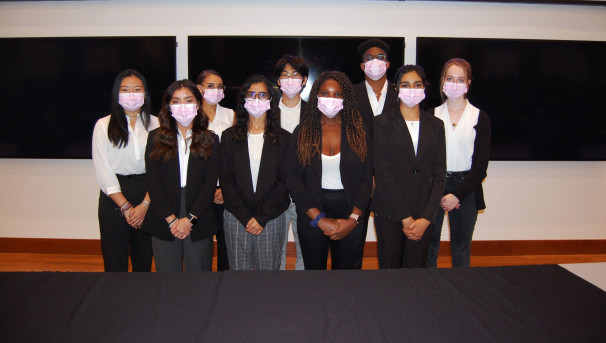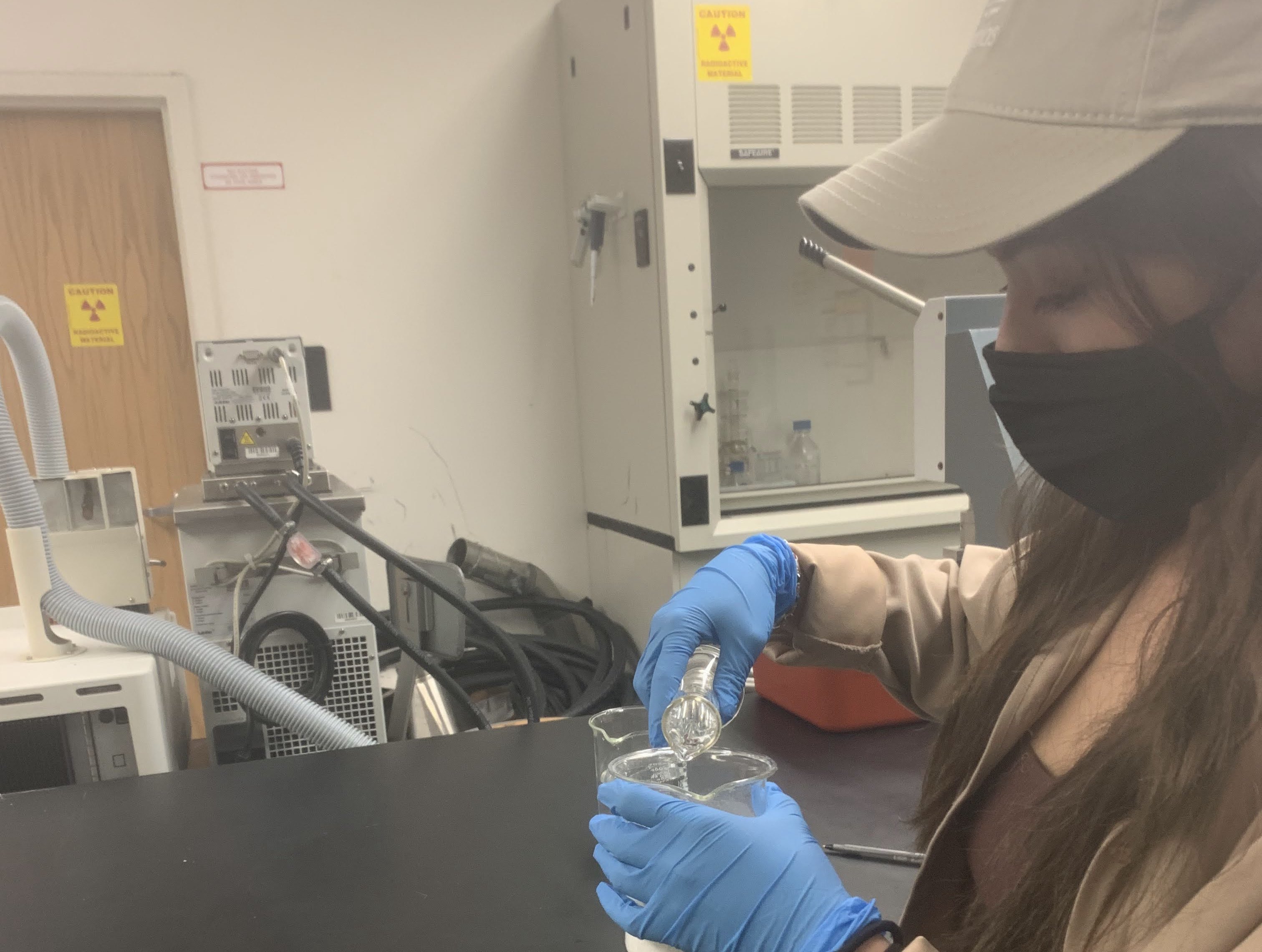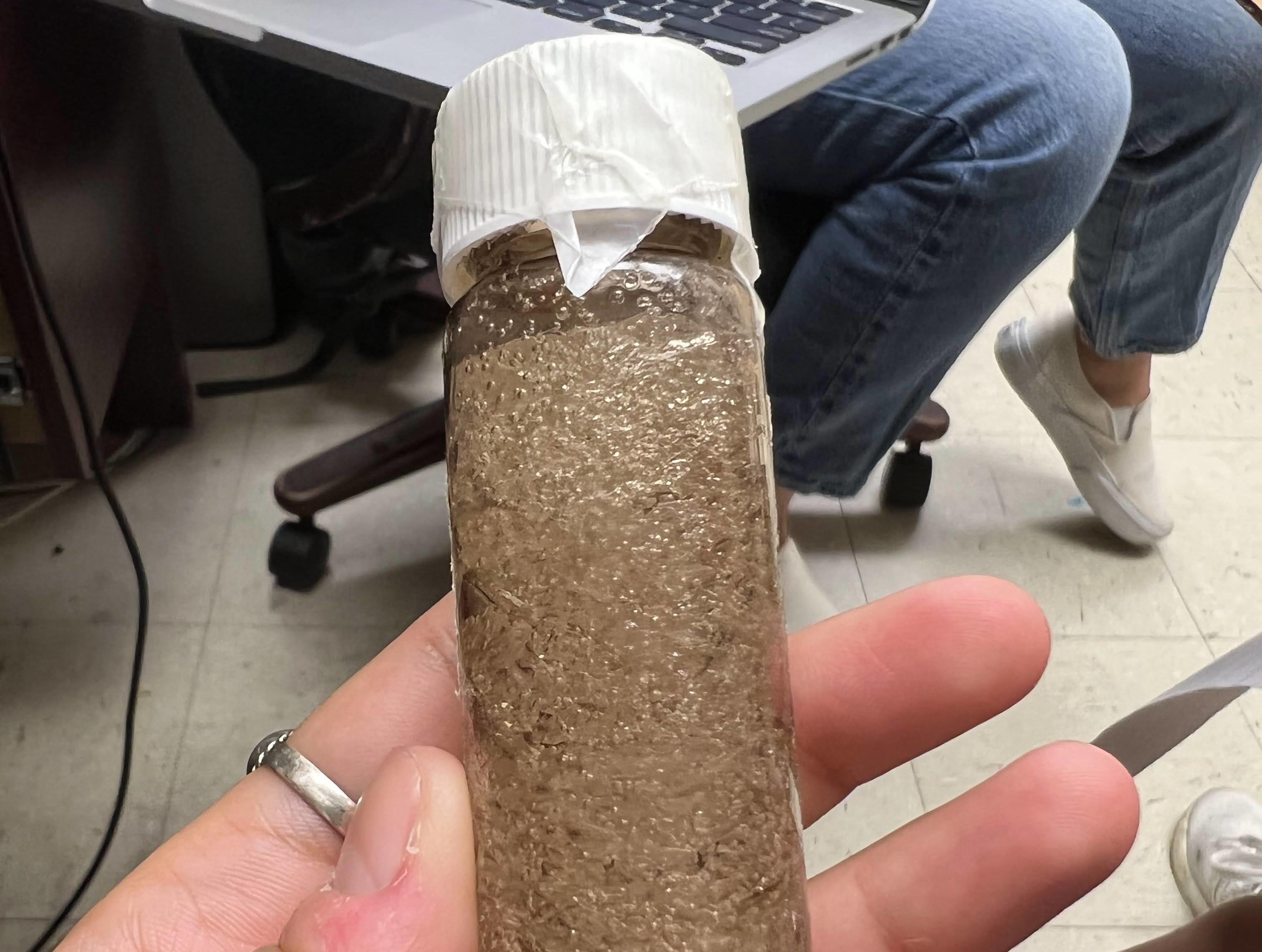This project is now in update mode. Check back regularly to see how things are progressing.
How does Team NANO make an Impact?
Glioblastoma multiforme (GBM) is an aggressive cancer that can form within the brain or spinal cord. The challenges of treating GBM are caused by the blood brain barrier only allowing drugs with certain physical properties to pass. This problem with diffusion causes researchers to have to add in a drug delivery system when it comes to treating GBM. This study is focused on developing and innovating drug delivery systems that are currently being used to treat this malignant tumor. Using data from Gliadel wafers, a very popular and newly introduced drug delivery system, we have developed an idea for a new drug delivery system that involves using hydrogels. Since these hydrogels are more biocompatible, they will allow for less significant side effects compared to Gliadel wafers. We intend to place the chemotherapeutic drugs within the hydrogel to allow the drug to easily cross the blood brain barrier without the drug having to follow specific physical properties. Specifically, we will be using polyvinyl pyrrolidone polymers to encapsulate the chemotherapeutic drug, Carmustine.
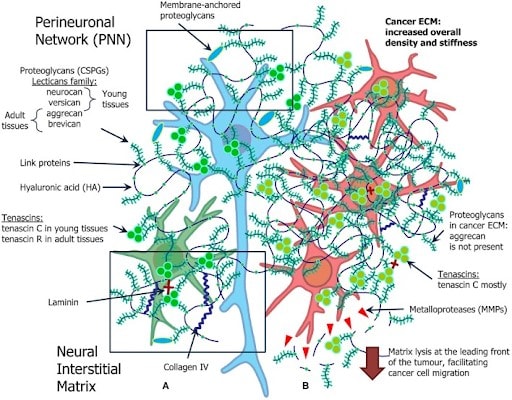
The 3D hydrogel network will be able to absorb large quantities of water without dissolving. The hydrogel we will use will be composed of polyvinyl pyrrolidone and chitosan. Post surgical resection of the glioblastoma tumor, the hydrogel will be implanted into the resulting cavity. The biodegradable polymers will slowly degrade, while releasing the Carmustine loaded lipoproteins into the remaining tumor cells that could not be surgically extracted. The lipoprotein consists of a phospholipid monolayer outer shell and a hydrophobic core to transport hydrophobic molecules through the aqueous environment of the hydrogel and the surgical cavity.
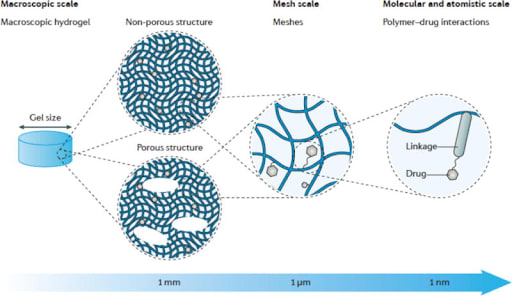
As a team we hope to design a hydrogel to be implanted after surgical resection of GBM that will deliver chemotherapeutics over a prolonged period of time to reduce possibility of recurrence. We will be preparing PVP/chitosan hydrogels with ionizing radiation using an electron beam as the source of high energy irradiation. Hydrogel synthesis through ionizing radiation is an electron-driven process where electrons transfer energy to water molecules leading to many excitation reactions in which hydroxide ions are produced in the solution. During the radiolysis of water, nitrous oxide is bubbled through the solution to double the yield of OH radicals by splitting the aqueous electrons. Next, we will be using modeling to predict the release of drugs via the drug delivery system in the GBM tumor environment, helping to save money, time, and resources by cutting down on the need for physical experiments. Finally, we will put the hydrogel in GBM cell culture to demonstrate anti cancer efficiency. Repetition of the in vitro cell experiments will also allow for artificial neural network modeling of the parameters used in polymer design and its effects on polymer degradation and drug release kinetics.
Gifts in support of the University of Maryland are accepted and managed by the University of Maryland College Park Foundation, Inc., an affiliated 501(c)(3) organization authorized by the Board of Regents. Contributions to the University of Maryland are tax-deductible as allowed by law. Please see your tax advisor for details.
$10
Polymer creation
Your generous donation of $10 will help Team NANO purchase the required materials to store our polymers, hydrogels, and cells. We are starting to purchase vials to make our hydrogels in and using large portions of our polymer substance. We need funds in order to make more hydrogels and have accurate data.
$25
Biological Materials
With this money, Team NANO is able to get lipoproteins and Carmustine, which is the drug we are using to target the Glioblastoma Multiforme cells. In order for multiple trials, we need a large volume of both the lipoproteins and the Carmustine.
$50
Characterizing Drug-Delivery
With this donation, Team NANO will be able to use the machinery at NIST and in the Chemical and Nuclear ENgineering Lab at UMD to charactize our gels. We will also be able to quantify the diffusion rates for our drug-delivery system.
$100
Happy Cells:)
Team NANO would be grateful to have this donation that would allow us to purchase Glioblastoma cells in order to identify the efficient of our drug delivery system and how the drugs will attack the tumor. This donation would be incredibly beneficial to getting our innovation into the healthcare bio-engineering sector.

